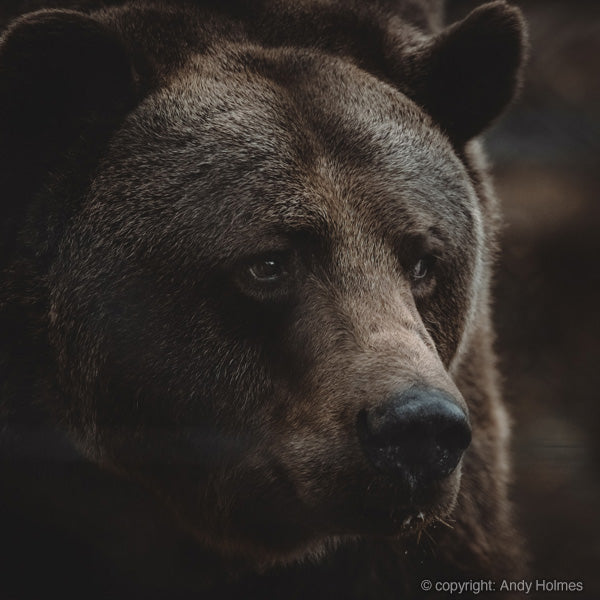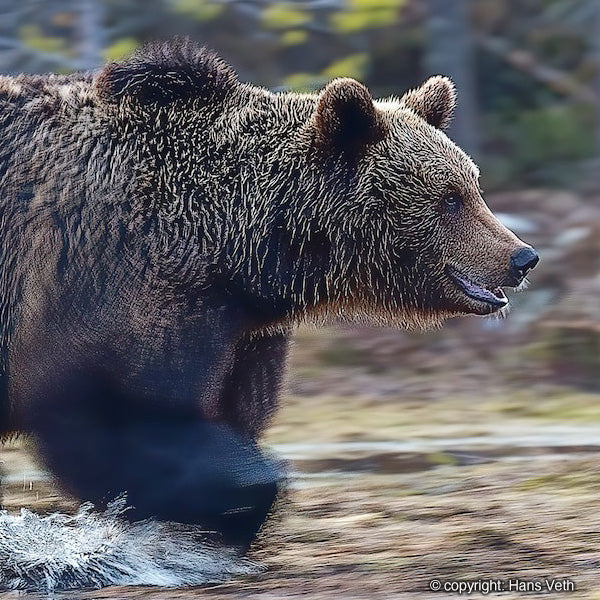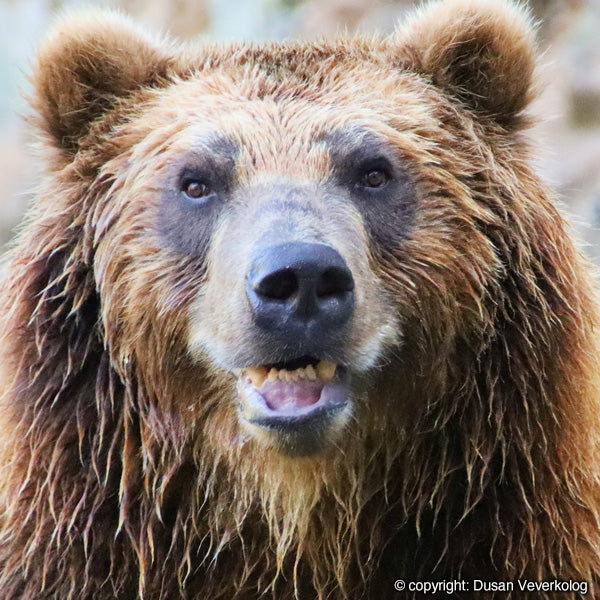
The brown bear
Finland is largely an Arctic region. It is therefore not surprising that the brown bear in this region is scientifically called Ursus Arctos arctos .
If you would like to meet these brown rascals in the wild, the following information may be of interest and can help you plan your holiday or interact with these animals in the wild.
A 400KG bear walks silently through the forest
Spotting brown bears. Feast your eyes!
Bears are known for their ability to move and walk silently without making much noise, despite their large size. This silent movement is due to several factors:
- Thick Fur and Fat Pads : Bears have a thick layer of fur and fat on the soles of their paws, which can help muffle the sound of their steps. This covering acts as natural insulation and shock absorbers, reducing noise when walking.
- Slow and Deliberate Steps : Bears tend to move slowly and deliberately, especially when hunting or foraging. Their careful gait allows them to place their paws gently on the ground, minimizing impact and noise.
- Soft Paw Pads : The bottom of a bear's paws are covered in soft, padded pads that help distribute their weight more evenly. These pads provide a softer landing and reduce the sound of their steps.
- Natural Adaptation : Bears are solitary animals and rely on their stealth to reach prey or approach potential threats unnoticed. Evolution has favored bears with quieter movements because it increases their hunting success and reduces the chance of alerting potential prey.
- Muscle control : Bears have strong muscles and tendons in their paws, which allow them to control the movement of their paws and limbs more effectively. This control helps them place their feet gently and avoid breaking branches or other noisy disturbances.
- Sensitivity to the Environment : Bears have an excellent sense of smell and hearing, which they use to detect potential dangers or opportunities. Their keen sensory perception allows them to adjust their movements to minimize noise in response to their environment.
It is worth noting that although bears can move silently, they are not always completely silent. They can still make noise when they run, dig, or do other activities that require more vigorous movements. However, their ability to move gently is an important adaptation that helps them hunt, forage, and avoid potential threats in their environment.
On a vacation trip to the Finnish bears:
If you are considering booking a trip to see the bears in Finland, know that the season starts in April 2025.
Bears, seasons, food and spotting
The diet of a brown bear in Finland, as in other northern areas, is mainly omnivorous and varies seasonally. Brown bears are opportunistic eaters and their diet includes a wide variety of foods depending on the season. Here's an overview of what a brown bear might eat in Finland.
Not only the eating pattern but also the behavioral pattern is of interest. After all, behavior determines how the bear presents itself and thus develops the basis of the motifs that you can photograph while bear spotting .
Spring (April to June):
- Grass and Plants: In early spring, brown bears emerge from hibernation as vegetation begins to grow. They feed on fresh grass, sedges and other green plants to replenish their energy after the long winter.
- Ants: Brown bears are known for digging up ant nests and eating both ants and their larvae during this season.
Summer (June to August):
- Berries: Finland is abundant in berries such as blueberries, lingonberries and cloudberries. Brown bears are particularly fond of these fruits and will actively seek them out.
- Small Mammals: Bears can also prey on small mammals such as rodents, which provide an additional source of protein.
- Fish: In areas near bodies of water, brown bears will fish for species such as salmon and trout.
Autumn (September to November):
- Berries: Bears continue to eat berries during the early part of the fall season.
- Nuts and Acorns: In some forested areas of Finland, bears may forage for nuts and acorns that have fallen from trees.
- Fish: Bears may intensify their fishing activities in the fall, especially during salmon season.
- Bait: As bait becomes more available, brown bears may find bait in the form of carcasses of large animals such as elk or deer.
Late Autumn (November to December):
- Pre-hibernation feeding: Brown bears enter a period of hyperphagia, during which they eat voraciously to build up fat reserves for hibernation. During this time they will consume a variety of foods including berries, nuts and carrion.
Winter (December to March):
- Hibernation: Brown bears in Finland go into hibernation during the coldest winter months. During hibernation they do not eat or drink, relying on their stored fat reserves for nutrition.
It is important to note that brown bears are adaptable and can change their diet based on local food availability. In areas where human food sources are easily accessible, bears may also develop a preference for human waste, which can lead to conflict between humans and bears. Conservation efforts often focus on minimizing these conflicts and promoting the natural diet of bears to ensure their survival and the health of the ecosystem.
ADVICE : Never leave food scraps or food packaging in nature. Animals can become entangled or even suffocate or become ill. In the case of a so-called predator such as the bear, it is also in your own interest not to attract the bear with scents that are interesting to it. An unexpected encounter can quickly develop into a conflict and the bear can still become dangerous to you.
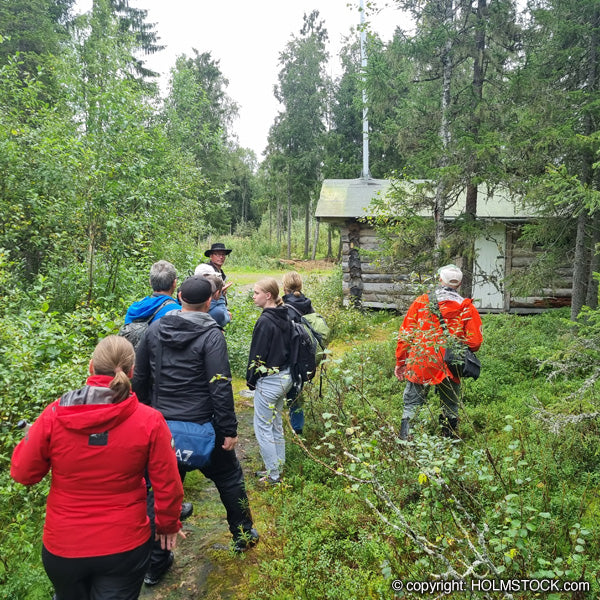
Spot bears safely
.. you do that with Holmstock Travel and the experienced guides who take you to a safe hide. From the hide you can watch, spot and photograph or film at your leisure.
See also: Nature and wildlife in Finland:
-
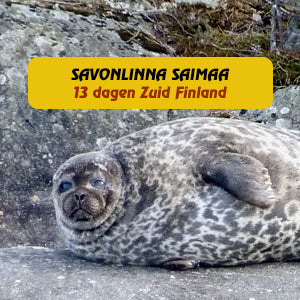
Savonlinna / Finnish Lakes
from € 2300 pp / click here -

Northern Finland / Resort
from € 2275 pp / click here -
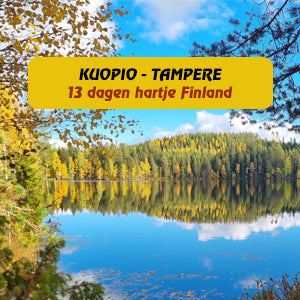
The heart of Finland / Kuopio
from € 2200 / click here -
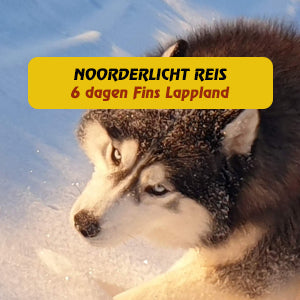
Santa & Husky adventure
from € 2350,- / click here

